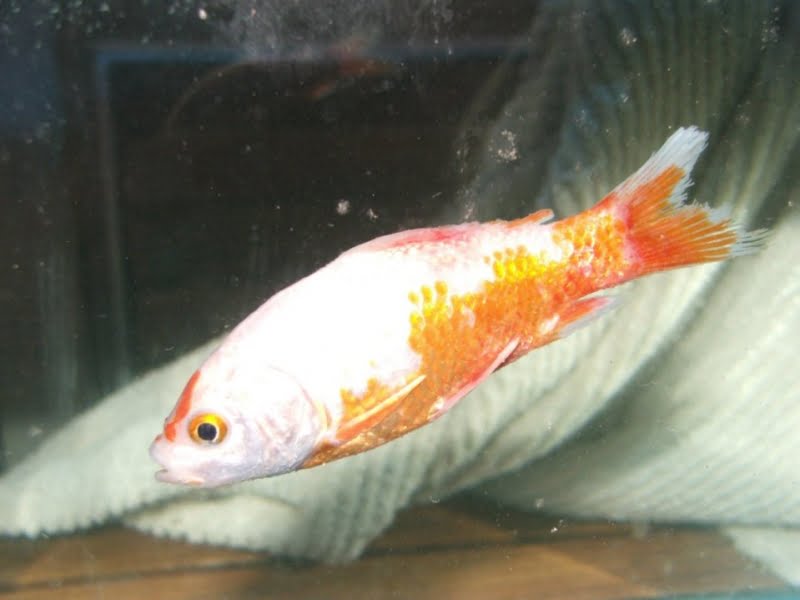Spike in the Cycle could put your fish at risk
Spike in the cycle? There are two types of nitrifying bacteria that make up a colony. The first type feeds on ammonia, converting it to nitrite. The second type feeds on nitrite, converting it to nitrates; the third and final toxin in the cycle
If your tank or pond has completed the nitrogen cycle; only nitrates are present, and they are in constant production, but tread cautiously, because the cycle is delicate, and is easily interrupted, creating a spike. If you’re unaware; this could place your fish at risk
What causes a spike in ammonia?
A new fish; a rotting plant; feeding inconsistently; even a dead fish will increase the amount of waste, which increases amounts of ammonia. If these increased amounts are small; the toxin may go unnoticed, but if the levels are high enough; you might see clamped fins or even white burns on the fish
After a spike in ammonia occurs, it will take time for the friendly bug colony to build up to a size that can handle the additional load; 6 to 8 weeks
What causes a spike in nitrite?
Some spikes are unavoidable, but some are caused by inconsistency in routine. Feed same amounts daily; feed a variety daily. Switching from peas one week to blood worms the next week may be risky; the worms being much higher in protein
If ammonia is a consistent problem in your cycled goldfish house, test pH levels. In order for ammonia to become ionized, the water will need to be rich in oxygen and carbonate minerals; the two parameters making up the value of pH. If pH is healthy, test tap water for chloramines. If there are trace amounts of ammonia in your tap, this indicates your city uses combined ammonia (meaning chlorine and ammonia combined) to disinfect water. In this case it is necessary to treat all freshwater before adding to fish house
If a spike in nitrite occurs, the cycling process will take less time, because nitrite is the second toxin to be converted; 2 to 4 weeks
Make a habit of using the gravel vacuum either once, or twice a week, and stick to it. Rinse your filter sponge when you gravel vacuum. If food is added at a consistent basis, and waste is being removed on a consistent basis; beneficial bacteria will remain consistent also
Spike in the cycle
Treat fresh water for chlorine and chloramines. These disinfectants retard the formation of bacteria; good and bad alike, and if not converted will cause a spike in the cycle; maybe a big one
Avoid rinsing the pump or filter; avoid allowing mechanics to dry; avoid leaving unplugged for more than a few minutes. If you get a new pump; leave your old one running while the new one becomes established

Spike in the cycle
Keep water temperatures in the comfort zone. Beneficial bacteria and goldfish alike become dormant in colder temperatures
Step 2: Nitrogen Cycle
Author: Brenda Rand
All rights